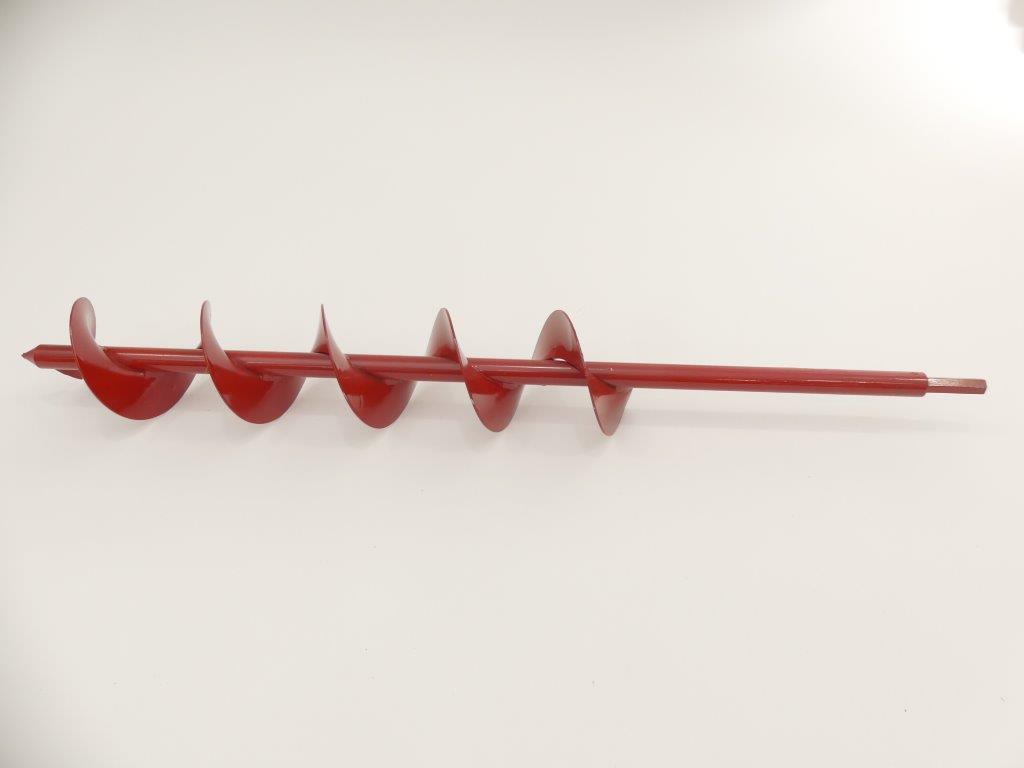Get Your Garden Ready for Fall and Spring

Get Your Garden Ready for Fall and Spring
With the coming of shorter days and lower temperatures many dedicated gardeners everywhere will want to squeeze every last moment out of the growing season.
Cooler temperatures make it more comfortable to spend more time outside in the garden. Plants grow rapidly in the spring and gradually slow as the days become shorter and colder, nuisance insects won’t be as numerous, and weed seeds germinate less frequently and grow slower than they do during the summer weather. Whether you’re a veteran or novice gardener and you’re not ready to give up your garden, here’s how to stretch the season:
For the timeliest results, buy quality bulbs or transplants that are already started, so the germination process is complete. You’ll harvest several weeks sooner than growing from seed, with time to spare before the cold weather sets in. As far as planting seedlings and bulbs, there is also a power-driven tool that can be most effective. This is a 3” diameter auger that gets attached to a 3/8” power drill. This creates a smooth hole to the desired depth in moist, sandy, loam type soil and is extremely easy to use, especially if you are going to be planting hundreds of bulbs. There are several manufacturers who make these such as Power Planter, Ames, Lichter, Jisco, Hiltex, 7Penn, and Yard Butler but the ones we like the best are made from Tech Team https://techteamproducts.com/, their 3” x 9” item number 777 https://www.amazon.com/Tech-Team-Planter-Seedlings-Planters/dp/B07S385BW7/ref=sr_1_1?keywords=tech+team+bulb+auger&qid=1565099570&s=gateway&sr=8-1 and their 3” x 24” item number 778 https://www.amazon.com/Tech-Team-Planter-Seedlings-Planters/dp/B07S386MWG/ref=sr_1_2?keywords=tech+team+bulb+auger&qid=1565099596&s=gateway&sr=8-2. If you have a voice activated mobile phone you can easily use Hey Google or Hey Siri to search for other bulb planting options.
Many of the largest producers of bulbs and vegetable and herb plants in the United States offer a wide selection of plants, perfect for fall so check your local Lowe’s, Home Depot, or garden retailers to find plants near you. Don’t forget your online sellers such as Eden Brothers, Parks Seeds, Wayside Gardeners, Burpee, Pioneer, and even Amazon. Make friends with frost, crops such as cauliflower, cabbage and kale grow well in cooler temperatures; and they taste even better when nipped by frost, since frost encourages these crops to produce sugar, which in turn, makes them sweeter. Unlike these crops, while tomatoes can still grow plentifully in fall, they are vulnerable to frost, so look for tips on how to cope with cold weather. One of the most important fall gardening tips to make the most of the time you have left before winter is location, location, location: Plan your fall garden with enough sunlight (six to eight hours per day) to grow and thrive, while allowing for some afternoon shade. Spend time noting the sunniest spots and plant accordingly.
Just like humans, plants need their own brand of nutrition to thrive. Working in some well rotted manure or compost can be beneficial. As well as removing spent plants, and weeds, freshen garden soil by removing any mulch, then replace it. Straw (not hay) makes an excellent cover; it’s easily scattered and is also a favorite home for spiders that control pests naturally.
Consider containers. Container gardening is a quick, easy and cost-effective way to grow your own food at home, plus it’s great for small spaces or urban dwellers who may not have a garden plot.
Choose your plants. From showy lettuces to hearty cole crops, fall provides a wide range of choices. Some good, cool weather choices are:
Georgia collards: These greens are prized for their sweet, cabbage-like flavor and are rich in vitamins and minerals.
Spinach: A cool-weather favorite is fast-growing, yielding many leaves in a short time span.
Artwork Broccoli: This variety is unique; instead of producing one large broccoli head, it yields tender, dark green side shoots with bite-size heads and long, edible stems – perfect for stir fry and sautéing.
Hybrid cabbage: Cabbage is especially high in beta-carotene, vitamin C, K, and fiber.
Water wisely. It’s best to water in the morning, at the base of the plant (soil level) keeping the foliage dry. Water when the top 2 inches of the soil becomes dry to the touch. To test, stick your finger or a pencil about 2 inches down into the soil. If the soil is dry, 2 inches down, it’s time to water, if wet, wait until the soil is dry. You will find that a drop irrigation system will deliver just the right amount of water to each plant and as an added bonus it is great for water conservation. Fertilize faithfully. Plants need an extra boost of nutrition for proper growth in the form of a high-quality fertilizer. Always follow manufacturer label directions for rates and intervals since too much fertilizer can be detrimental to plants.
Prepare for harvesting. Once your plants start yielding results, have a plan in place for either eating fresh, or preserving. Who knows, this may be the perfect time to try your hand at freezing to maximize freshness and time. There are several websites that have some fabulous recipes by variety, which can expand your culinary horizon!
All it takes is proper prep and planning and soon your garden will yield a delicious garden-to-table feast before the first frost hits the ground.
